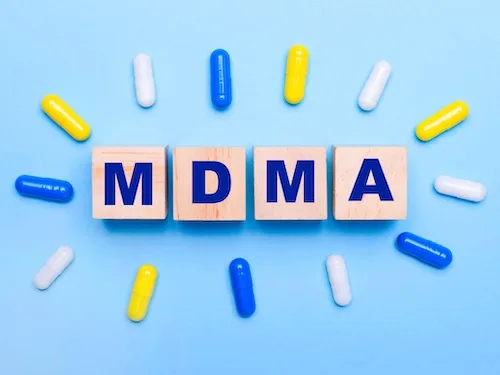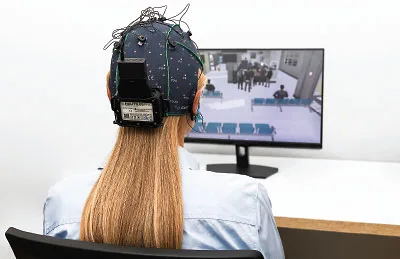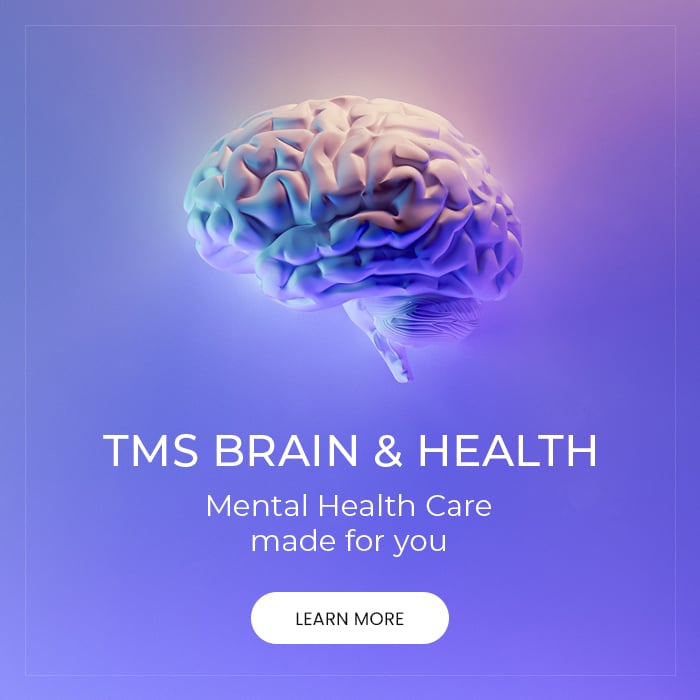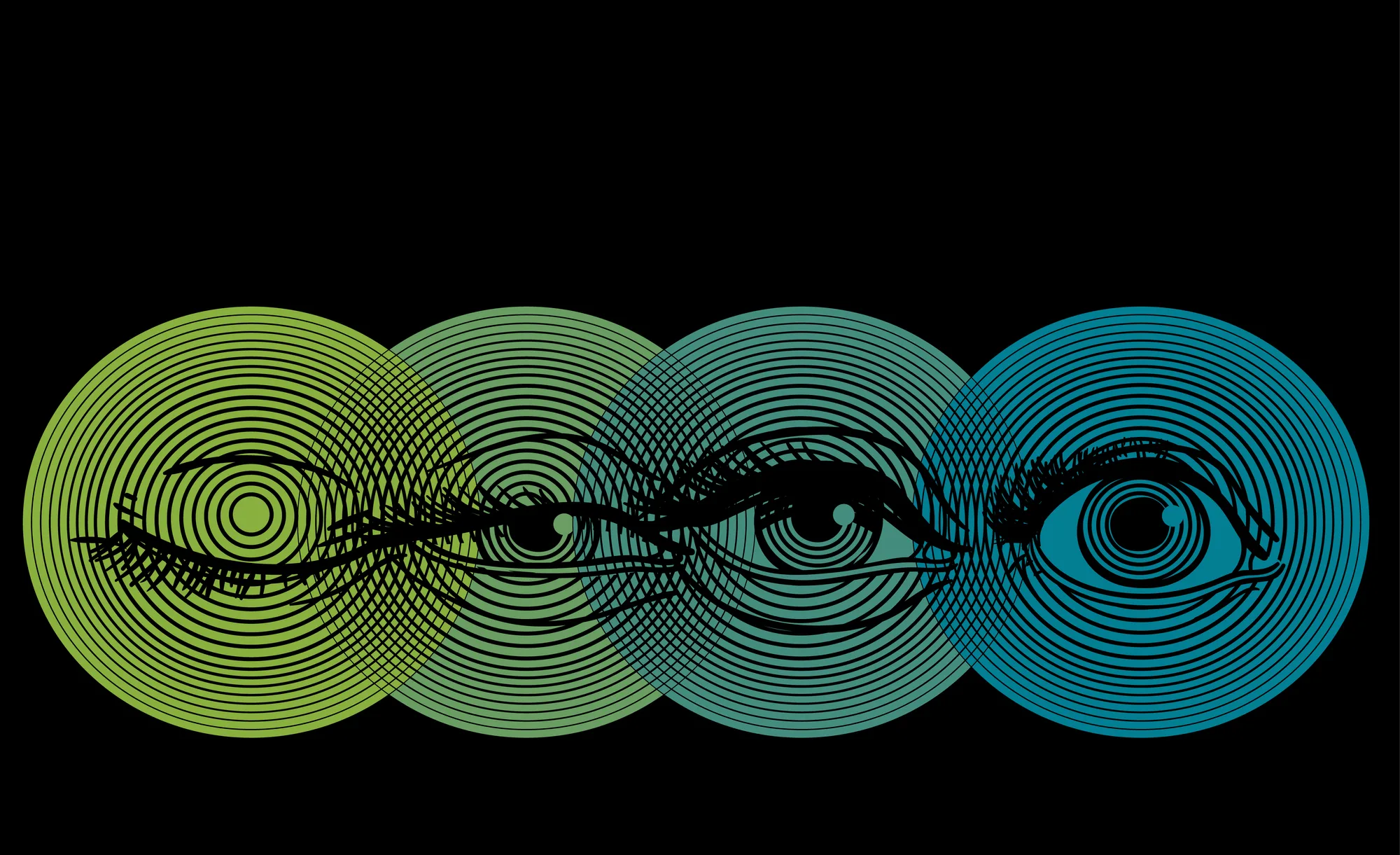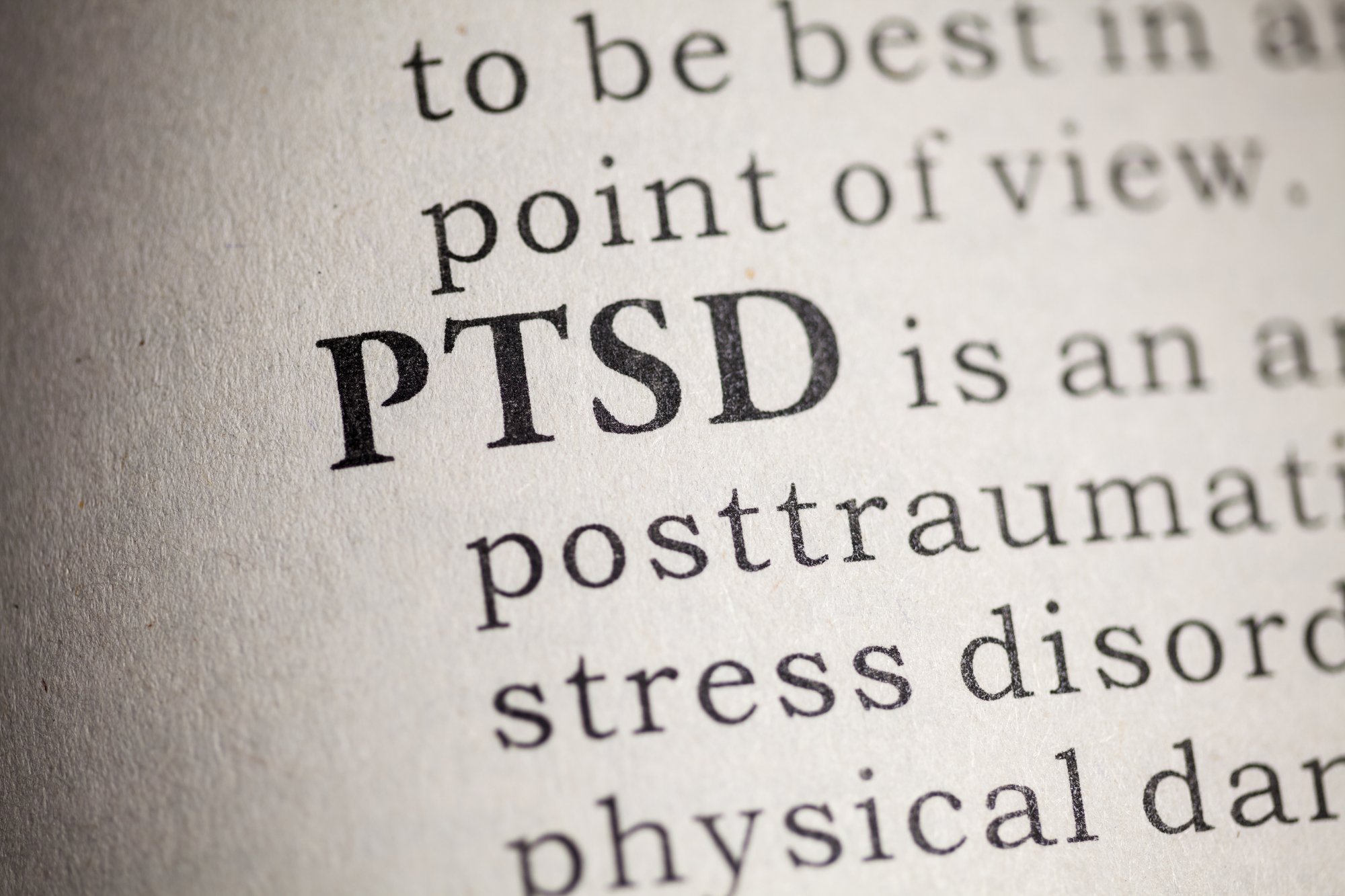As one of the most innovative offerings of psychiatry, transcranial magnetic stimulation (TMS) is often referred to as a new, game-changing treatment solution for clinical depression, obsessive-compulsive disorder (OCD), anxiety disorders, and other debilitating mental health conditions.
While TMS may qualify as the “new kid on the block” compared to conventional mental health solutions like medication and psychotherapy, it’s actually been around long enough to establish a proven track record, demonstrate impressive results, and receive FDA approval.
If you’re like most of the patients we treat here at Bespoke Treatment, you’re probably just as curious about the origins of TMS as you are about its benefits. Here’s what you need to know.
The Science of TMS Treatment
Transcranial Magnetic Stimulation is a brain stimulation technique that uses noninvasive magnetic energy to reawaken the areas of your brain that have been made less active by persistent mental health disorders like depression.
During TMS therapy, an electromagnetic coil is placed on a specific area of your head. When it’s switched on and off intermittently, it produces rhythmic, low-magnitude magnetic pulses that pass through your scalp, muscles, and skull and into your brain. This painlessly stimulates the inactive brain cells that contribute to symptoms of depression.
By recalibrating the neural pathways that drive the mood-regulation structures of your brain, TMS helps balance your brain’s chemical activity and restore normal brainwave patterns. As your brain activity gradually normalizes over the course of treatment, your symptoms should improve substantially or subside completely.
An Electric Beginning
The concept of neuromodulation, or stimulating blood flow in an effort to relieve pain or affect changes in the brain’s mood center, has been around in one form or another for centuries.
From the innovative use of electric eels to relieve pain in ancient Egypt, to the more recent use of electroconvulsive therapy (ECT) to stimulate changes in abnormal brain chemistry, electricity has been the neuromodulator of choice through the ages.
As scientists and physicians began exploring the application of electricity in medicine in the late 18th century, they came up with the tangential theory that magnets, or magnetic energy, might be able to affect brain activity and thinking.
The idea had limited potential at the time, because early researchers still didn’t have a complete understanding of brain function or the mechanism of pain transmission.
A magnetic evolution
In the late 19th century, British scientist Michael Faraday became the first person to produce a magnetic field by electrifying a coil, essentially inventing the underlying concept behind TMS therapy.
As 20th century advances in modern medicine gave physicians a more in-depth grasp of brain anatomy and function as well as pain, magnetic stimulation and its ability to treat disease was tested — and proven — through extensive scientific study.
It wasn’t until 1985, after almost a century of improved knowledge and extensive research, that Anthony Barker and a team of physicists created the first modern-day TMS device. It wasn’t long before this revolutionary device became a global tool for diagnosis, therapy, and research.
Clinical Trials and FDA Approval
Medical researchers began studying the modern TMS device soon after it was invented. They conducted dozens of clinical trials to observe its ability to affect brain activity and alleviate the symptoms of depression.
By the mid 1990s, over 90 clinical trials and several meta-analyses had been completed. The results that clearly established TMS therapy as a viable and effective solution for many people affected by the symptoms of major depression.
Additional randomized and multi-site studies on the effectiveness of TMS as a treatment for clinical depression prompted the FDA to approve the device for that very purpose in 2008.
The FDA went on to approve TMS as an effective treatment for chronic migraine pain in 2013; five years later, in 2018, the FDA approved it as a viable solution for treatment-resistant OCD.
TMS Therapy and You
Research shows that TMS is highly effective as a stand-alone solution when other treatments have failed. Many patients with persistent mental health disorders like treatment-resistant depression find significant and lasting symptom relief for the first time with TMS.
TMS is also highly effective when it’s part of a comprehensive treatment plan that includes drug therapy and talk therapy. Often, TMS is what bridges the gap between sufficient symptom relief and total symptom relief, or full remission.
A growing body of evidence shows that TMS is effective for a wide variety of persistent mental health conditions, ranging from depression and OCD to anxiety, post-traumatic stress disorder (PTSD) and attention-deficit hyperactivity disorder (ADHD).
To find out how TMS can help you, call our Los Angeles, California, office today, or click online to schedule a visit with one of our TMS experts any time.


